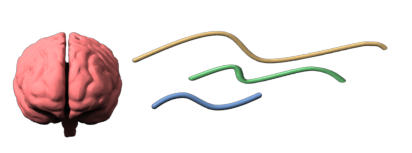This is an excerpt from Model Thinking by Scott Page: Learning Models: Replicator Dynamics
Used for modeling adaptation and evolution. Given a set of strategies or types which are distributed among a population. However, do the distributions of strategies or types change over time, i.e., how do members of the groups change their strategies or pick mates.
Rule: (Sociological): Copy Someone Else
Rule: (Rational) Choose Highest Payoff
Set of Types: {1, 2, 3, … N}
Payoff for each type:
Proportion of each type: Pr(i) – percentage of people doing type i
Define a weight: We choose a weighting function =
Replicator Equation:
Entries in tables are payoffs for each actor: if an S interacts with a C, S receives 2 and C 0, i.e.
t = 0
Computations
t = 1
FIsher’s Theorem
Higher Variance increases rate of adaptation. The change in average fitness due to selection will be proportional to the variance.
Combines models: ‘There is no cardinal’, ‘Rugged Landscape’, and ‘Replicator Dynamics’.
At odds with Six Sigma strategy. However, use Replicator Dynamics when in Dancing Landscape and need to adapt quickly. Six Sigmas is good in Fixed Landscape when there is a known peak.

Recent Comments